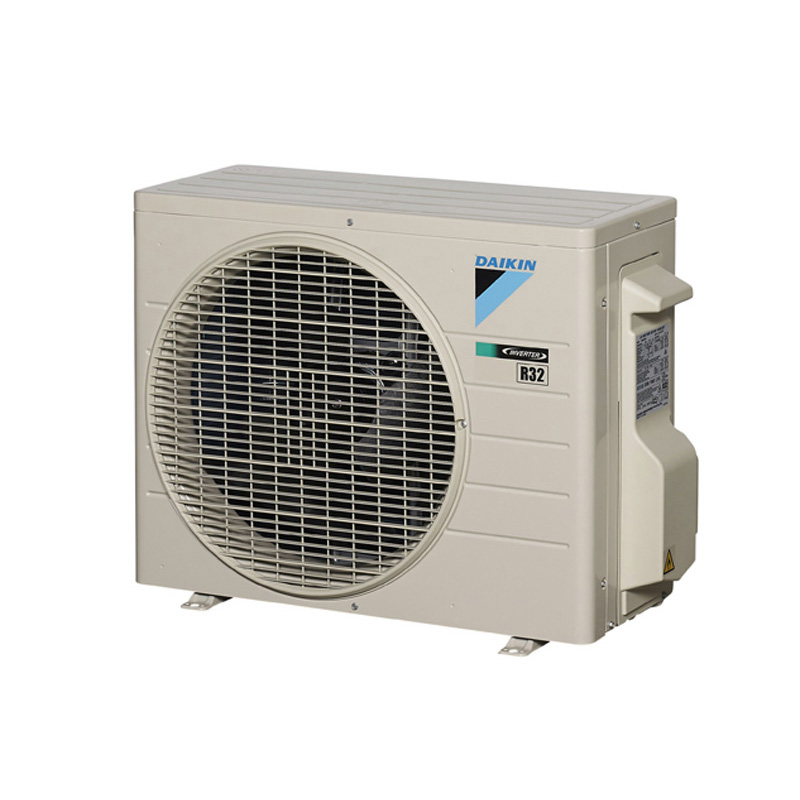Did You Know That Reverse Cycle Air Conditioning Is One of The Most Energy Efficient Heating Methods?

Energy efficient heating is something homeowners often ask about when the winter chill sets in. But with so many heating methods available, it can be hard to decipher all of the information out there. It is even more difficult when you’re looking for the most economical and energy efficient heating options. To help make things easier, the Power Trip Services team has put together this helpful guide, including: Different types of heating options on the market Tips to make your heating more efficient What is the most energy efficient heating method Five reasons to consider a reverse cycle air conditioner for your home You may also be surprised to learn that Canstar Blue rated air conditioning as the most energy efficient heating method. What types of heating are there? In this modern age, we have a plethora of options for heating our homes. Gone are the days of open fires and unprotected heating elements that impact livability and can be unsafe, especially in a family home. Although the ambience of an open fire can be enticing, the expense and effort of cutting and sourcing wood to burn can be burdensome and bad for the environment. With so many of us now living in suburban settings, accessibility to this resource can also be restrictive. So, what other options are there? In Australia, the most common types of heating are: Convection heating Radiant heaters Ceramic heaters Gas heating (these are often used to replicate the ambience of an open fire) Electric fire heaters Open fire heaters Reverse cycle air conditioners (can be ducted or split system) Oil Heaters What is Energy Efficient Heating? As we become more aware of our electricity bills and energy consumption costs, it is important to understand how the use of appliances that heat and cool our home impacts this. When it comes to sustainable heating in Australia, the energy efficiency of an appliance is measured with a star rating. Generally speaking, the more stars an appliance is given, the more energy efficient it is. In Australia, although both heating and cooling appliances are given this rating, only air conditioners are legally required to display them on labels. The Government has created a guide to the Energy Rating Label, and you can find this here . Based on this rating, we can select our home appliances and heating and cooling methods; however, not all of them display the ratings, and this can become confusing. Additionally, the way we use our heaters and the way a home was built also impact the efficiency of our chosen heating method. Ways To Make Your Heating More Efficient To maximise the effectiveness of heating in your home, you should consider the following: Selecting the most appropriate heating system for your home When and how long you use your heater for Utilising nature! Allow the sun’s rays to warm your home during the day by opening up blinds and curtains Ensuring your home has adequate insulation Select the correct running temperature for your unit Prevention of warm air from escaping through cracks under doors and windows Always ensure that your heaters – including reverse cycle air conditioners (split systems and ducted) – are kept clean and regularly serviced by a qualified technician. Upgrading older models of reverse cycle air conditioners for more energy efficient ones (did you know you can save 25% on ducted and 46% on a split system running costs) Energy Efficient Heating – Why Does It Matter? There are obvious benefits to ensuring that you select the most energy efficient heating for your home. But there are some that you may not have thought of too. Most of us want to reduce our power bills as traditionally, winter can see them soar. By reducing our energy consumption or keeping it consistent throughout the year, we make sure that we don’t receive any nasty surprises each time our electricity bill arrives. Also, by ensuring our home is effectively heated, our lifestyle improves. Rather than wearing heavy layers of clothing or wrapping ourselves in heavy blankets, we can get on with our day-to-day tasks in comfort. On a broader scale, the environmental benefits and a focus on sustainability are paramount. With the global population exploding and technology becoming more accessible through urbanisation, the population has developed more exacting expectations regarding our lifestyle. Gone are the days where shivering through winter or sweating our way through summer are acceptable. With so many millions of people consuming electricity, it makes sense to do it in a way that has the least impact on the environment. Reducing our footprint has never been more important than it is now. So, What is The Most Energy Efficient Form of Heating? Recently, consumer and comparison website, Canstar Blue, published a series of articles discussing energy efficient heating and selecting the best methods. Traditionally, most people assume that using electric air conditioning in its reverse cycle mode for heating would result in high energy consumption. However, with the advancements in technology and better building methods, reverse cycle air conditioning can actually be one of the most efficient ways to heat your home. The findings by Canstar Blue support this. Compared with three other types of heating (gas, tower and radiant bar heaters), a 5.0kW reverse-cycle air conditioner was on average 25.58% more efficient when run for 3 hours per day over a 90-day winter period. (Canstar Blue, May 2021) In fact, the website even identified the Fujitsu 7.1kW Reverse Cycle Split System Inverter Air Conditioner as being one of the most energy efficient appliances available on the market today. Why Choose a Reverse Cycle Air Conditioner to heat your home? There are some great advantages to choosing a reverse cycle air conditioner to heat and cool your home. Aside from added sustainability and cost-effectiveness in the day-to-day running of your system, your home will also benefit from the following: The convenience of heating and cooling in a single system Cost-effective to install one heating and cooling system rather than two separate
